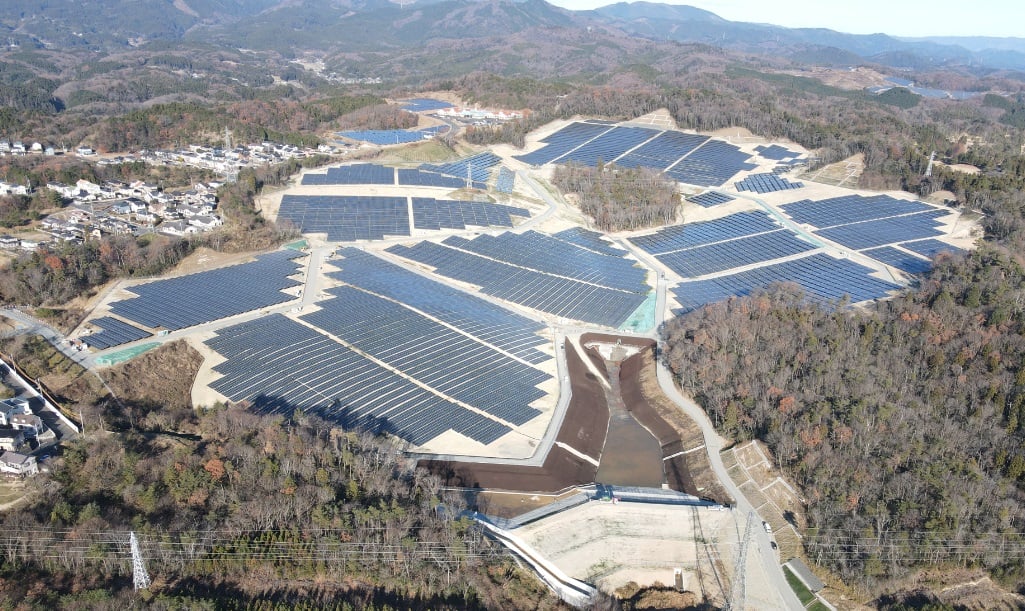“We have set an ambitious 2030 goal to run on 24/7 carbon-free energy on every grid where we operate and this power purchase agreement brings us one step closer to achieving it,” said Shinji Okuyama, vice president of Google Japan, on the deal which will see the search engine giant also get the PV plants’ associated renewable energy certificates.
“Through this project we are enabling an aggregated network of small-scale-solar plants across multiple grid regions to support our Inzai Data Centre and our growth in Japan.”
The second deal will see Google finance the construction of a utility-scale 20MW project in the Chiba prefecture, to be developed by Shizen Energy and its partner Bison Energy. Shizen expects to begin construction on this project in 2026, and commission the facility the following year.
“In this project we worked closely with our partner Bison Energy, reflecting our strategy to act as a hub connecting customer decarbonisation needs with a deep pool of projects, developed by both Shizen and its partners,” said Shizen executive officer Oliver Senter.
The news is Google’s latest investment into the solar space, following its signing of PPAs with Salt River Project in Arizona earlier this year, and SB Energy last year. In its most recent environmental, social and governance (ESG) report, published last July and covering figures from 2022, the company noted that it had invested in roughly 10GW of clean energy generation capacity, and plans to spend around US$10 billion to purchase clean energy until 2040.
Google’s investments in Japanese solar power in particular could also help Japan meet its own climate change targets. The government aims to increase the percentage of renewables in the country’s energy mix from 26% in 2022 to 38% by 2030, at which point it will be the largest contributor to the Japanese energy mix.
The government also aims to increase its operational solar capacity from 79GW in 2022 to 108GW by the end of the decade, with solar capacity to be installed on half of all government buildings, as distributed solar figures to be a key part of the country’s solar industry.

